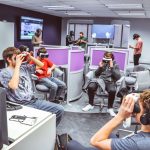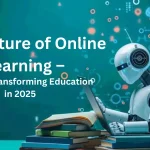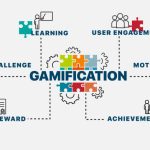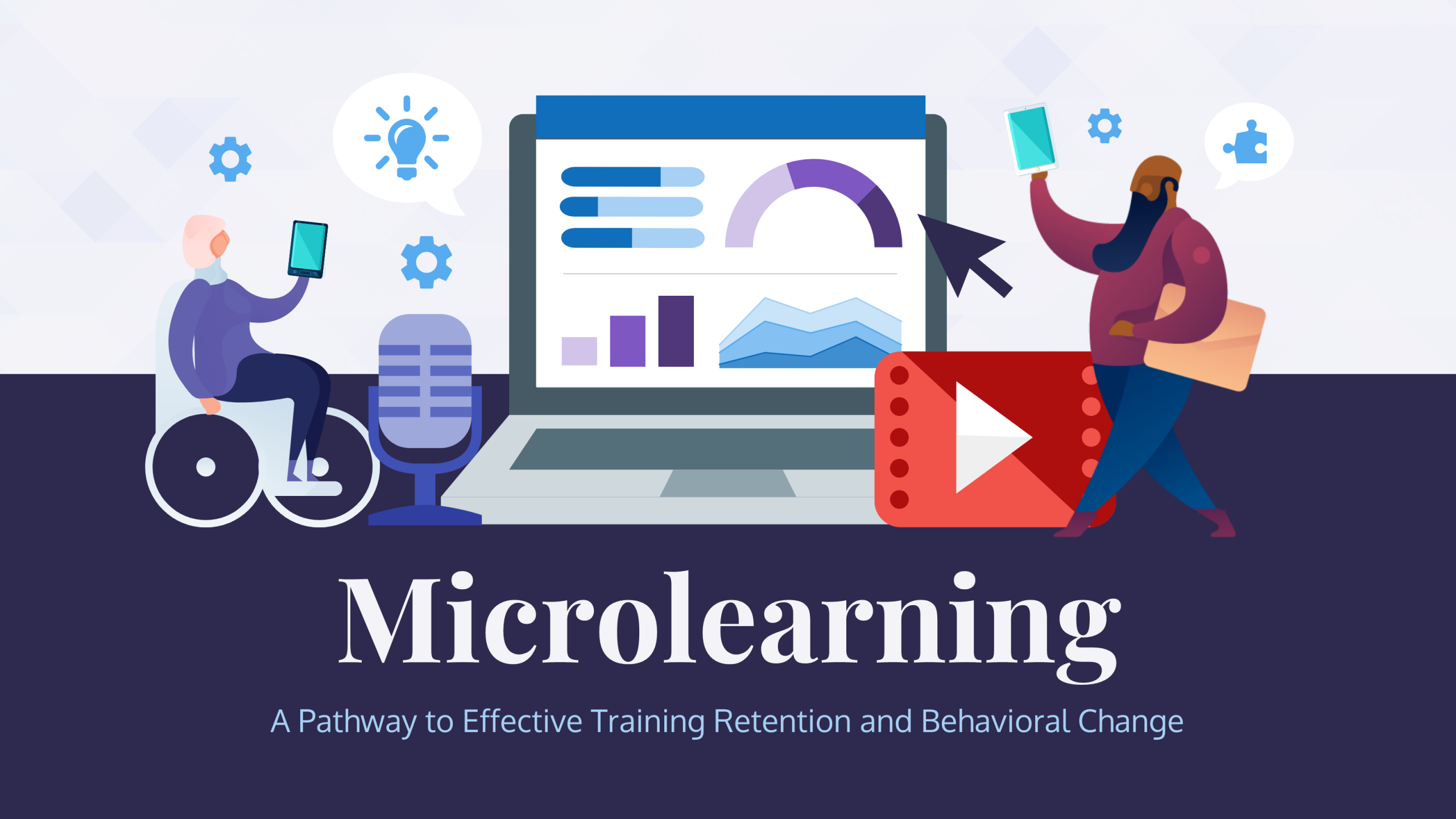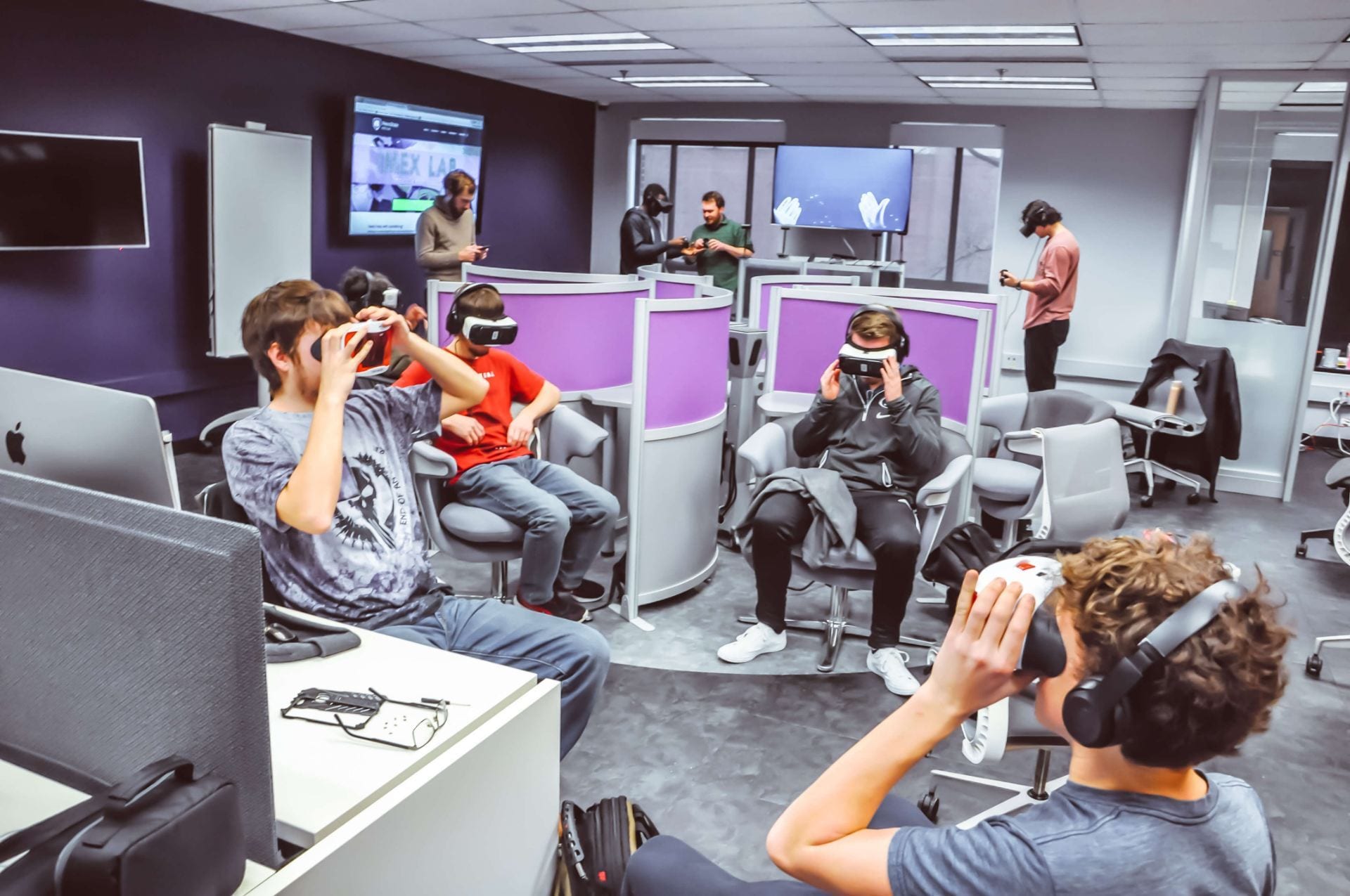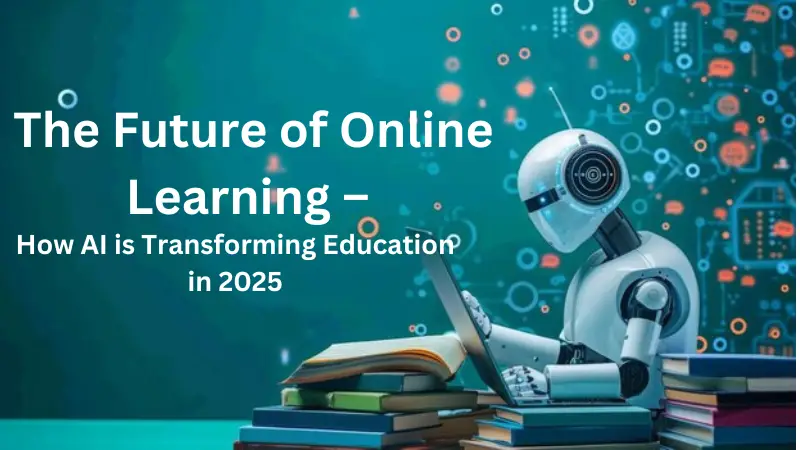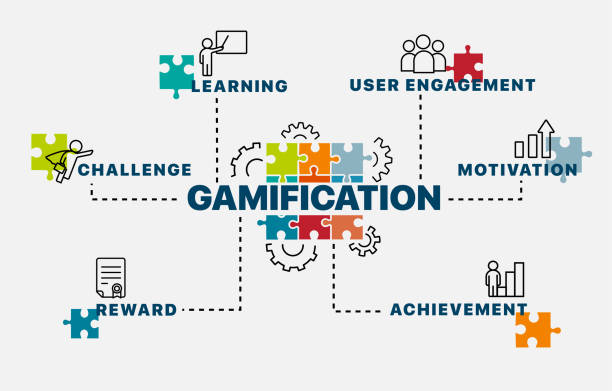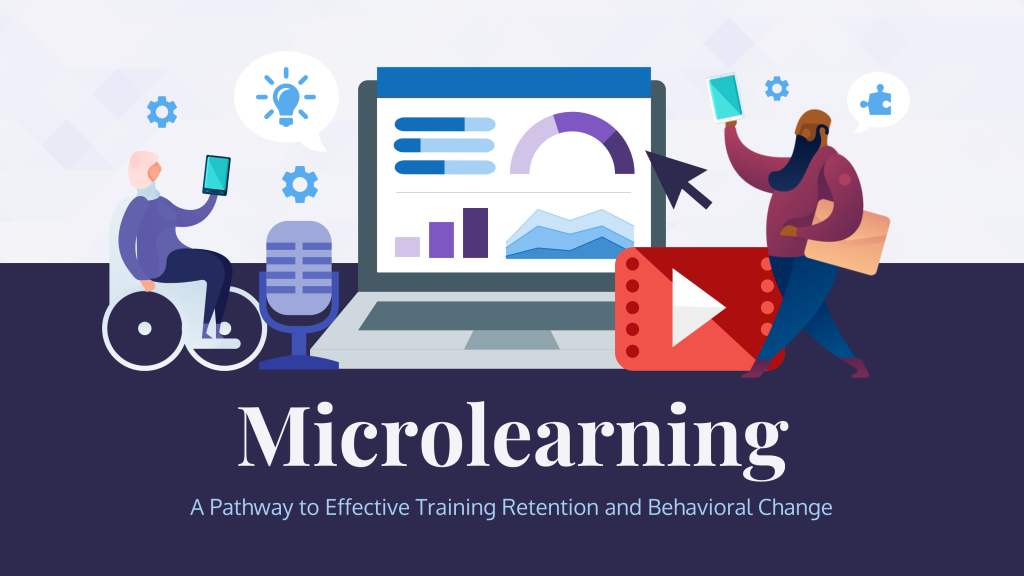
📌 Introduction: Learning in the Age of Short Attention Spans
Today’s learners are bombarded with distractions—from social media notifications to busy work schedules. As a result, traditional hour-long lectures and textbook-heavy lessons often fail to capture attention. That’s where microlearning shines.
Microlearning delivers small, focused bursts of content that learners can absorb in minutes, not hours—ideal for modern, mobile-first lifestyles.
Let’s explore how this strategy is reshaping the way people learn and why it’s so effective.
📚 1. What Is Microlearning?
Microlearning is an educational strategy that delivers content in short, digestible units, typically lasting 2 to 10 minutes. It focuses on a single concept or skill per lesson.
Think of:
- A 3-minute video explaining a math formula
- A 5-question flashcard quiz on vocabulary
- A quick animation teaching a historical event
🔄 2. Key Characteristics of Microlearning
| Feature | Description |
|---|---|
| ⏱️ Short Duration | Lessons take just a few minutes to complete |
| 🎯 Focused Topics | One concept or skill per unit |
| 📱 Mobile-Friendly | Designed for phones and tablets |
| 🎮 Interactive Elements | Quizzes, polls, flashcards, simulations |
| 🧩 Modular Structure | Can be combined into larger learning paths |
| 🔁 Repeatable | Supports spaced repetition for memory retention |

📈 3. Why Microlearning Works
🧠 A. Brain-Friendly Learning
Studies show we retain more when we learn in small, focused segments—this is called the spacing effect.
📱 B. Perfect for Busy Schedules
Microlearning fits into gaps: commuting, lunch breaks, waiting in line.
🎮 C. Increases Engagement
Short, gamified content keeps learners motivated and active, reducing dropout rates.
🔍 D. Immediate Application
Learners can instantly apply what they’ve just learned—especially effective in workplace training.
🏫 4. Where Is Microlearning Used?
🏢 A. Corporate Training
- Onboarding new employees
- Quick compliance updates
- Skill refreshers (e.g., Excel tricks, sales tips)
🏫 B. Schools and Universities
- Supporting traditional lessons
- Pre-class prep and post-class review
- Exam revision
🌐 C. Online Courses
- Platforms like Coursera, Skillshare, and Udemy integrate micro modules
- Language learning via Duolingo or Memrise
🚀 D. Personal Development
- Learning a new hobby
- Practicing mindfulness
- Studying for certifications
🛠️ 5. Common Formats of Microlearning Content
| Format | Example |
|---|---|
| 🎥 Video Clips | Short tutorials, animated explainers |
| 📋 Infographics | Visual summaries of a topic |
| 🧩 Interactive Quizzes | Flashcards, MCQs, gamified assessments |
| 📄 PDFs or Checklists | Printable guides or step-by-step instructions |
| 🎙️ Podcasts | 5-minute knowledge drops or concept reviews |
| 📱 Mobile Apps | Language apps, memory apps, trivia games |
💡 6. Microlearning vs. Traditional Learning
| Feature | Microlearning | Traditional Learning |
|---|---|---|
| Time Commitment | 2–10 minutes per session | 30–90 minutes per lecture |
| Content Depth | One concept at a time | Multiple concepts per session |
| Accessibility | Mobile-first, flexible | Often tied to physical/classroom setup |
| Attention Span | Matches modern attention limits | May lose focus over time |
| Engagement | High (interactive, fast) | Varies depending on teaching style |
🔐 7. Benefits of Microlearning
✅ A. Boosts Retention
Learners remember more when they review regularly in small doses.
✅ B. Low Barrier to Entry
No need for hours of free time—just a few minutes per day.
✅ C. Highly Scalable
Easily created, updated, and shared across teams or schools.
✅ D. Personalized Learning Paths
Learners choose the modules relevant to their goals and needs.
🚨 8. Potential Challenges of Microlearning
❌ A. Lack of Deep Understanding
Not ideal for complex or nuanced subjects that require extensive explanation.
❌ B. Over-Simplification Risk
Important details may be skipped in an effort to keep lessons short.
❌ C. Disconnected Modules
Without a clear learning path, lessons may feel scattered or incomplete.
🧠 9. Tips for Creating Effective Microlearning Content
- Focus on One Goal Per Module – Stay concise and purposeful.
- Make It Interactive – Use quizzes, drag-and-drop, or scenario-based learning.
- Incorporate Multimedia – Audio, video, and visuals improve engagement.
- Design for Mobile First – Ensure easy reading and navigation on smartphones.
- Use Spaced Repetition – Repeat key concepts across different modules.
- Provide a Learning Path – Organize modules logically and progressively.

🔮 10. Future of Microlearning
🤖 A. AI-Powered Personalization
AI will recommend micro modules based on learner performance and goals.
🕶️ B. AR/VR Micro-Experiences
Imagine learning geography in 2-minute AR experiences or practicing surgery in VR.
🌍 C. Microcredentials
Microlearning paths could lead to badges, certificates, or even career advancement.
📊 D. Data-Driven Improvements
Learning analytics will show what works best, helping refine lessons in real time.
✅ Conclusion: Less Is More
Microlearning proves that learning doesn’t have to be long to be impactful. It adapts to the rhythm of modern life, keeps learners engaged, and makes education more accessible than ever before.



